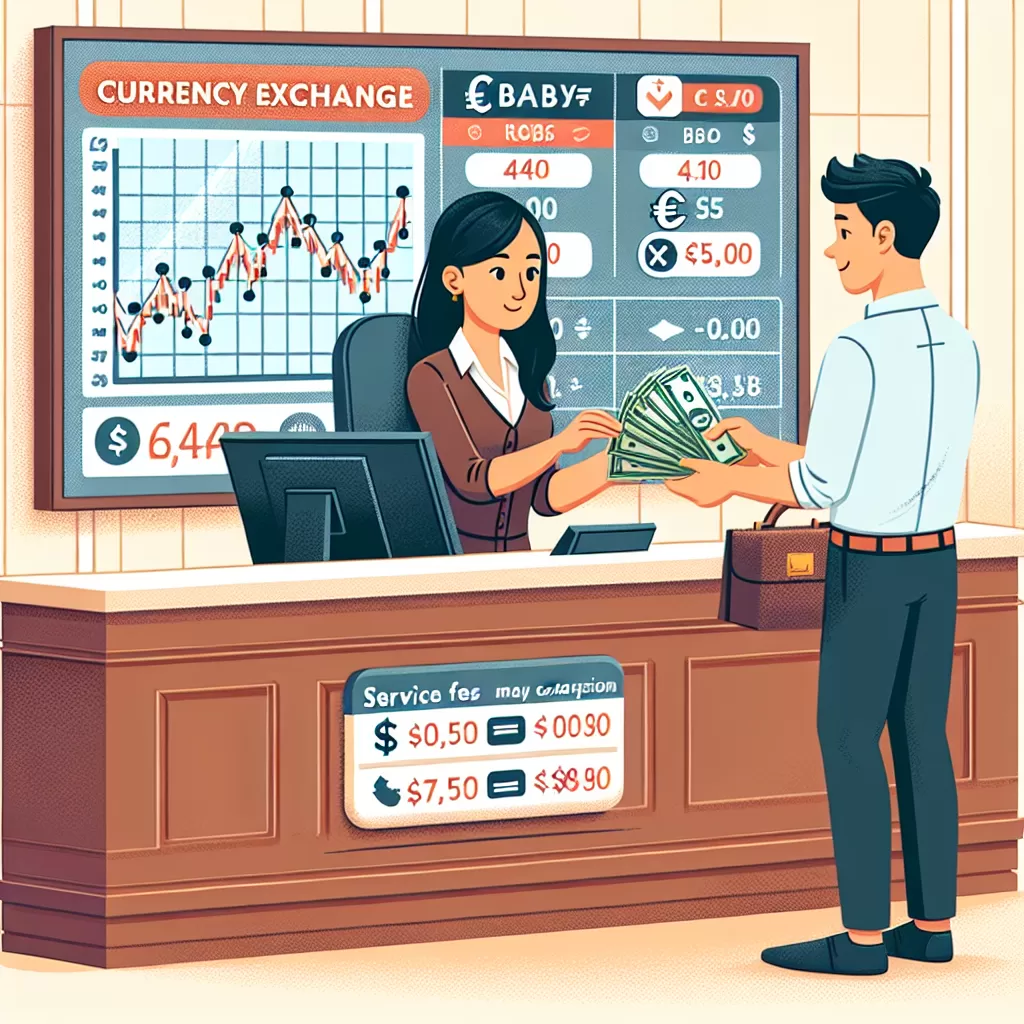How Much Do Banks Charge To Exchange Currency
Follow Currency Mart April 10, 2024
Where to purchase Foreign Currencies?

Understanding Currency Exchange
Currency exchange is a necessary process when travelling abroad or dealing with international transactions. Whether you draw out money from an ATM overseas, or exchange your paper bills at a kiosk or bank locally, you indulge in the activity of currency exchange. However, not many people consider the costs involved in this seemingly transparent exercise.Bank Charges on Currency Exchange
Banks typically make cash off currency exchange in two ways. Firstly, they apply a transaction fee which is a flat rate, regardless of the amount you wish to exchange. Secondly, they use what can be perceived as disguised charges, termed as the 'exchange rate margin.' The 'exchange rate margin' is essentially the difference between the actual market exchange rate you can see on financial news outlets and the exchange rate provided by the bank. The banks effectively sell currency at a higher rate than they buy it, and this difference in value, known as the spread or margin, is pocketed as profit. This margin can range from 2% to 6% of the total amount being converted.Selecting a Payment Option
Choosing a payment method while dealing with a foreign currency plays a crucial role in determining the overall cost of the transaction. If you opt to withdraw money from a foreign ATM, you may be subject to local ATM fees, foreign transaction fees, and potentially unfavorable exchange rates. Using your credit card places a combination of interchange fees, assessment fees, and processing fees. Lower cost alternatives can be peer-to-peer money transfer services or forex brokers who don't carry the burdensome overhead of banking infrastructure.Effect on Amount Transferred
The two primary factors determining the total cost of currency exchange are the amount of money being exchanged and the method chosen for exchange. For larger amounts of money, a small percentage difference in the exchange rate margin can lead to a significant price difference. In such cases, forex brokers or online money transfer platforms become more cost-effective options.The Best Approach to Minimize Exchange Costs
Understanding how much banks charge for currency exchange is the first step to minimizing these costs. Here are strategies to consider: 1.Preemptive Planning
Make it a practice to understand the exchange rates between the two currencies you’re dealing with. Know the mid-market rate—the rate banks use when trading money among themselves—and use it as a benchmark to evaluate the rates provided by different platforms. Therefore, planning ahead helps to save on exchange costs. 2.Compare, Compare, Compare
Before you commit to a bank, explore other available options. These may include other banks, credit card companies, travel money providers, peer-to-peer platforms, or forex brokers. Each entity charges differently so compare rates against the services offered. 3.Use Online Transfer Platforms
Online transfer platforms often provide more favorable rates compared to traditional banks, mainly due to lower operating costs. Companies like TransferWise or PayPal can be safer and cheaper alternatives for international money transfers. Remember, broader knowledge about currency exchanges and conscious efforts towards finding the best rates can significantly cut down unnecessary costs. Always keep yourself informed and make proactive choices to ensure a smooth and cost-effective exchange process.
Where to purchase Foreign Currencies?